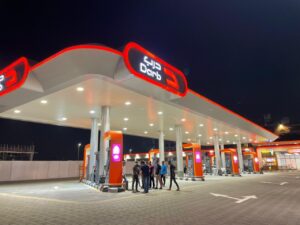
GCR Cladding in fuel stations refers to the use of cladding panels made from GCR (Gypsum Core Rock) material, which consists of a gypsum core covered by rock slabs, to cover surfaces in fuel stations. This material is highly resistant to heat, corrosion, and abrasion, making it ideal for use in environments that are continuously […]
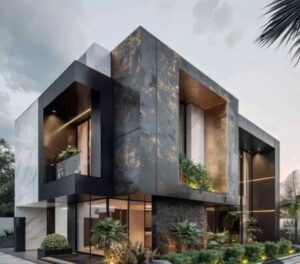
Building maintenance service is a set of activities aimed at keeping buildings in good condition by inspecting and repairing any faults or damage that may occur over time. This service includes several tasks such as: Surface repairs: Such as walls, surfaces, and floors of the building that may be subject to wear or damage. Electrical […]
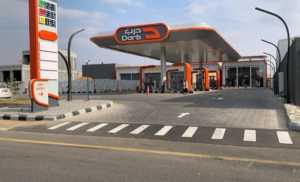
Fuel Station Treatment Using Cladding Panels The treatment of fuel stations is carried out using cladding panels, a technique that utilizes fire-resistant panels (Gypsum Cement Render) to cover station facades, particularly in areas requiring protection from harsh weather conditions and enhanced fire safety. This technique is ideal for fuel stations, which must possess specific features […]
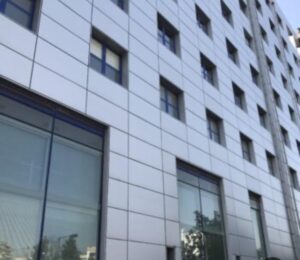
It refers to the use of a layer of treated concrete or concrete coated with an outer layer of specific materials such as paint, brick, or decorative stones to improve its appearance, increase its strength, and protect it from environmental factors. Coated concrete is used in many engineering and architectural applications to provide an attractive […]
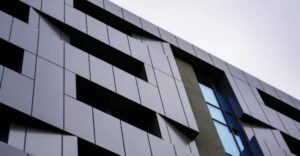
Composite aluminum cladding refers to the use of a material made up of two layers of aluminum with a non-metallic core (such as polyethylene) between them. These composite materials combine the lightweight properties of aluminum, its resistance to corrosion, and durability with the thermal and acoustic insulation properties of non-metallic materials. Composite aluminum cladding is […]
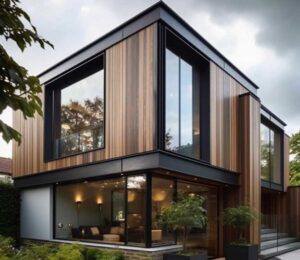
It refers to the use of a layer of wood to cover surfaces or other materials in order to enhance their appearance, add a natural and warm touch, and increase their durability. Wood is a natural material known for its unique beauty and texture, and it is widely used in various architectural and interior applications. […]
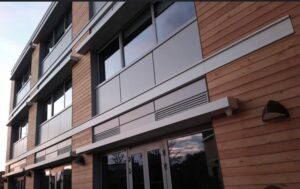
It refers to the use of a layer of glass to cover surfaces or other materials in order to enhance their appearance, protect them, or provide additional functions such as thermal or acoustic insulation. Glass is a transparent, scratch-resistant material that offers a modern and sleek look. Glass coating is commonly used in architectural applications, […]
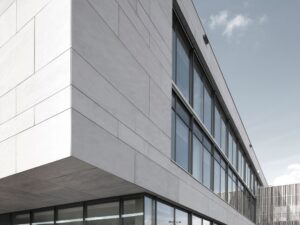
It refers to the use of a layer of aluminum to cover surfaces or other materials in order to improve their properties such as corrosion protection, enhancing durability, and reducing weight. Aluminum is a lightweight metal, resistant to rust, and known for its ability to withstand harsh environmental conditions, making it ideal for use in […]
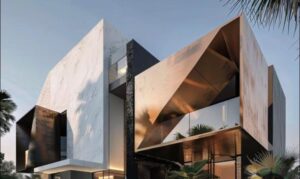
Cladding with stainless steel is the process of covering surfaces with a layer of steel to protect them from corrosion and rust, ensuring durability and an aesthetic appearance